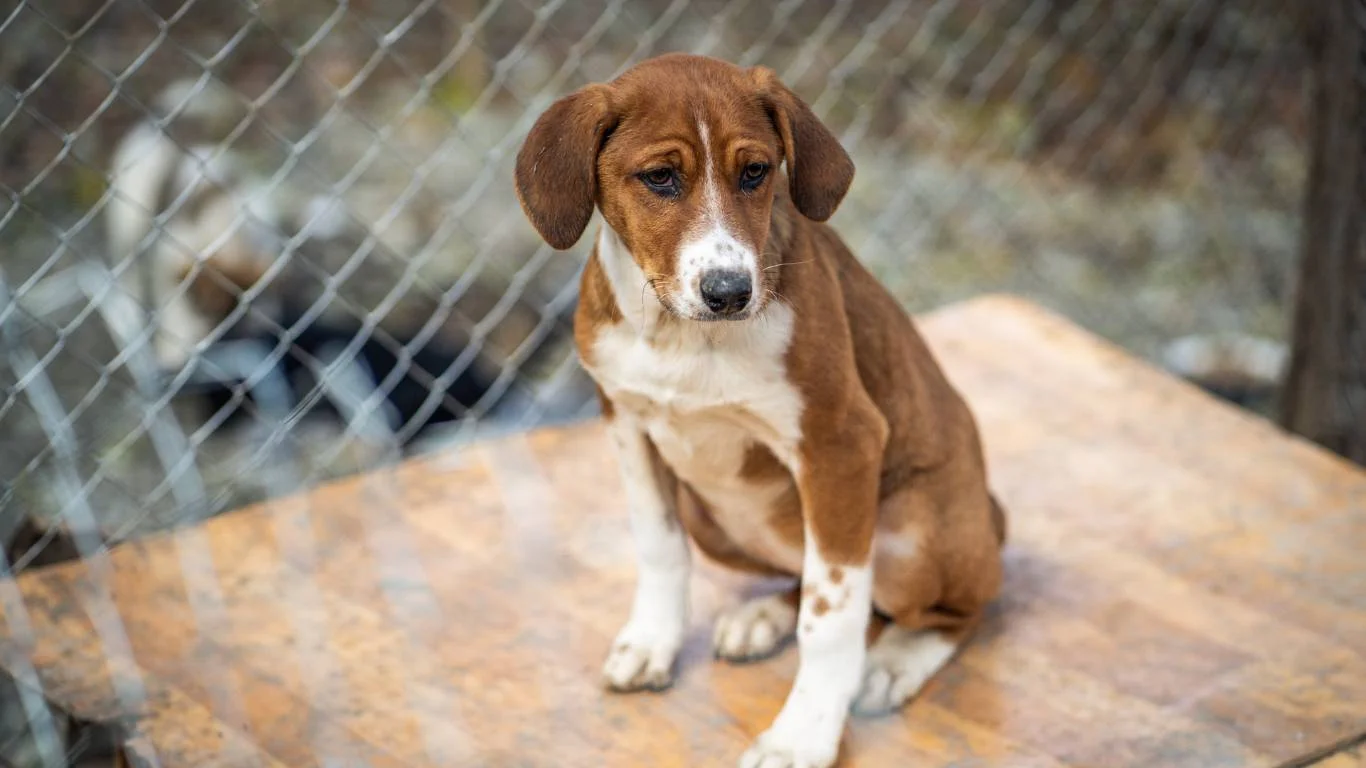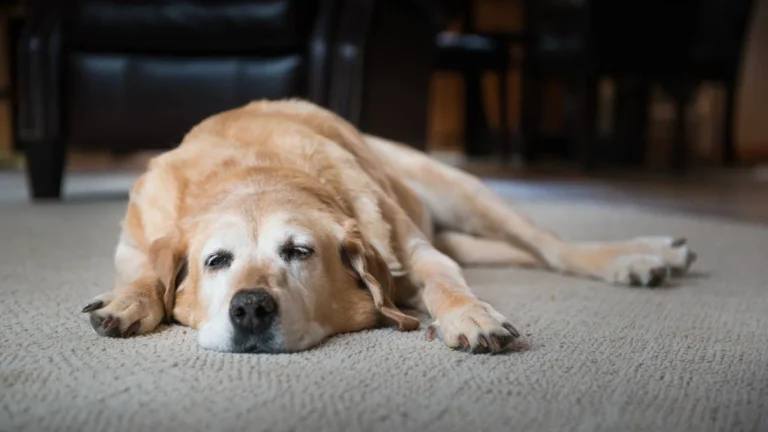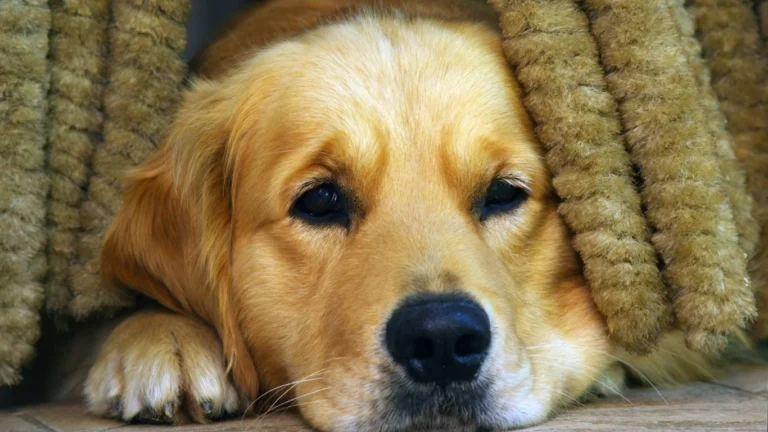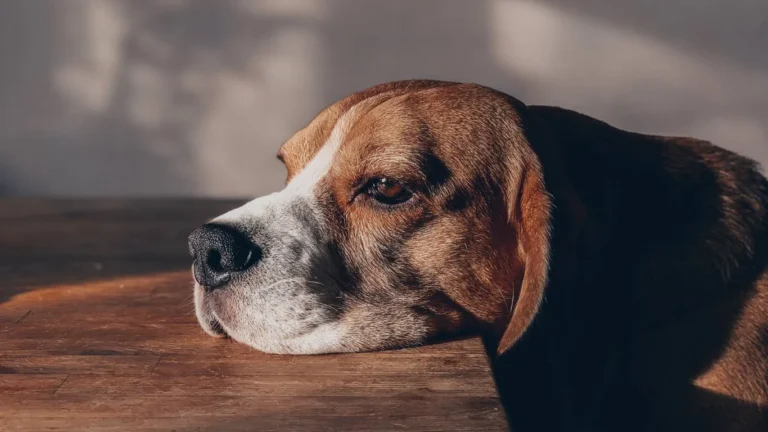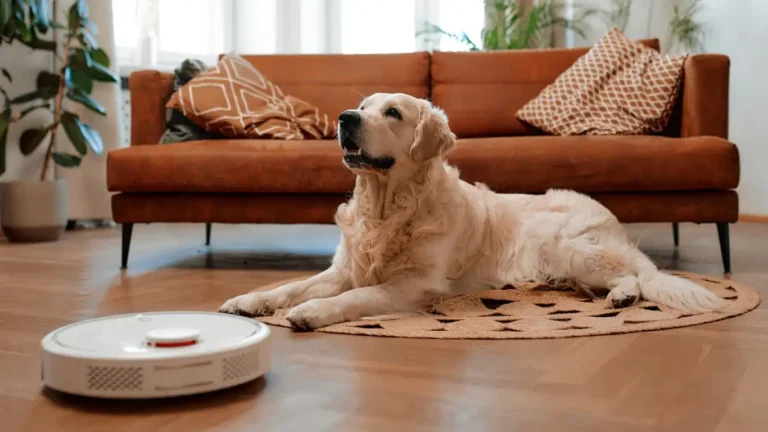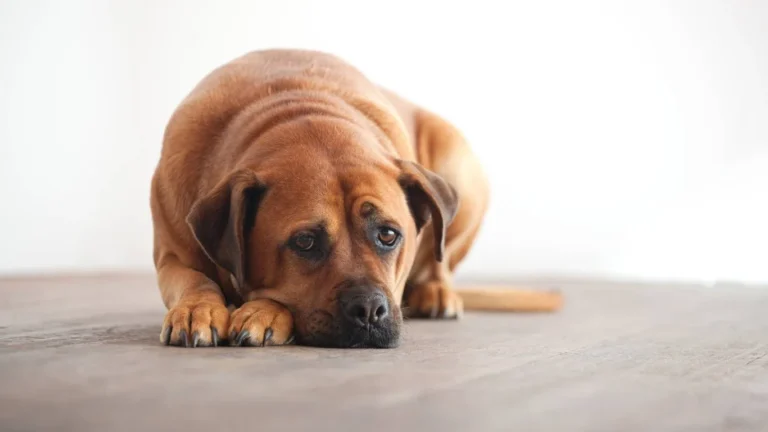Why Your Dog Stopped Eating Dry Food and What to Do Now
So, your pup is suddenly turning up their nose at their kibble, and you’re wondering what to do when your dog stops eating dry food. I’ve been there, both as a dog mom and in my role as a Veterinary Assistant with a focus on nutrition. It’s worrying when your dog’s food dish stays full while their energy starts dipping. But don’t panic just yet—there’s usually a reason behind the kibble boycott, and many of them are fixable without needing to overhaul everything.
Possible Reasons Why Your Dog Is Snubbing Dry Food
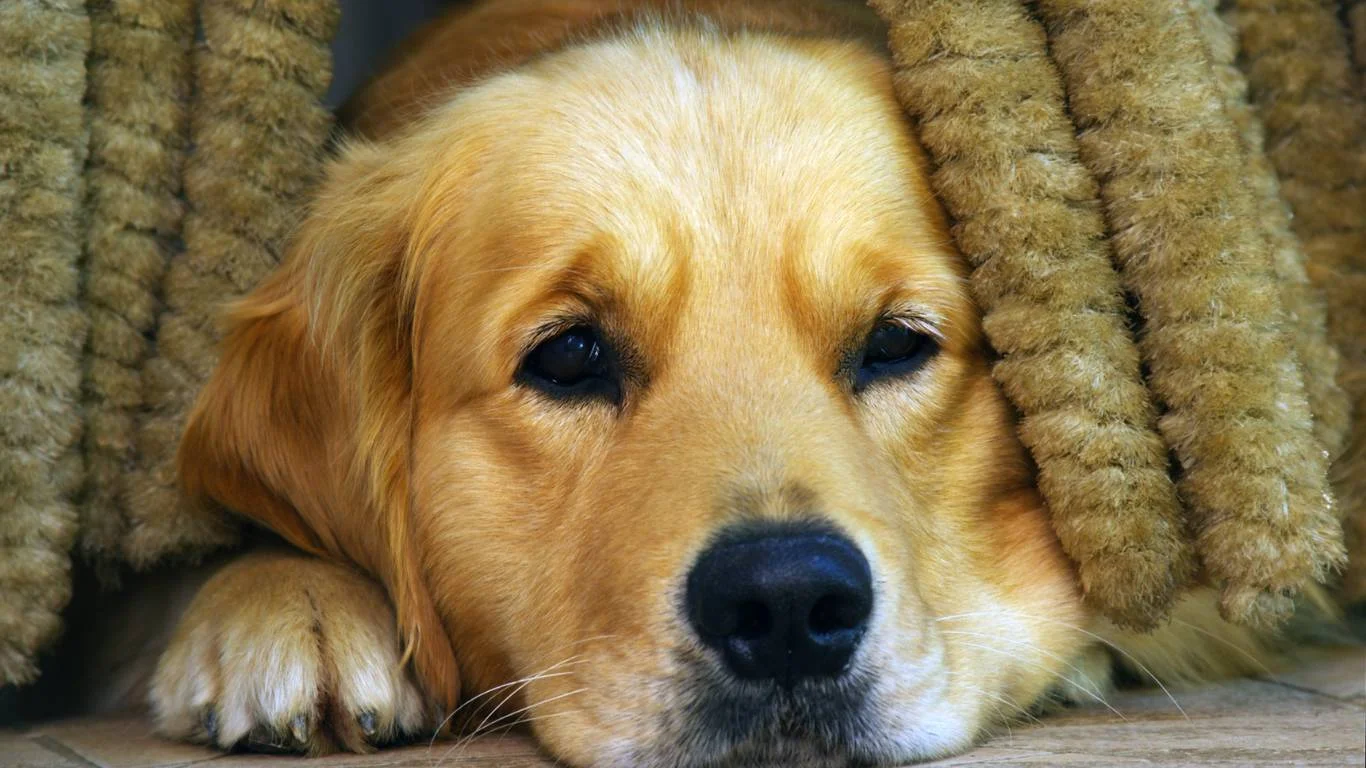
1. Dental Issues or Mouth Pain
One of the first things I ask clients in the clinic is, “Have you checked their mouth lately?” Toothaches, gum inflammation, or even a cracked tooth can make crunching down on dry food really uncomfortable. If your pup suddenly shows disinterest in kibble but perks up for soft treats, it might be time to schedule a quick dental check-up.
2. Boredom with the Same Old Flavor
This one hits home—my own Labrador, Max, went through a phase where he just flat-out refused his usual chicken and rice blend. I get it. Imagine eating the same cereal every day for months. Dogs crave variety just like we do. Switching up the protein source or trying a different brand (gradually, of course) can reignite their interest.
3. Food Fatigue or Texture Aversion
Some dogs simply don’t like the texture of dry food, especially as they get older. Others may have a short attention span for food that isn’t exciting enough. If your dog suddenly stops eating dry food but still accepts canned or home-cooked meals, it might be about texture and not taste.
4. Stress or Environmental Changes
Dogs are more sensitive than we often realize. A recent move, a new pet, loud construction, or even a change in your schedule can throw them off. Appetite changes due to stress are super common, and you may see it reflected in how picky they become with meals.
What to Do When Your Dog Stops Eating Dry Food

Try Mixing It Up
Literally. One trick I’ve seen work time and time again is mixing a little wet food or low-sodium broth into the kibble. Not only does it add moisture (which many dogs prefer), but it also boosts the smell and flavor. Dogs eat with their noses, so making the food more aromatic can spark interest.
Warm It Up
Yep, just like leftovers taste better warm, your dog’s food might too. I tell clients to microwave the kibble with some water or broth for about 10-15 seconds. It softens the texture and releases aroma, making it more palatable. Just be sure it’s not too hot.
Stick to a Routine
Dogs are creatures of habit. If you’ve been free-feeding (leaving food out all day), try switching to mealtimes. Offer the food for 15–20 minutes, then take it away if they don’t eat. Do this at the same times each day. This creates a structure and reduces picky eating habits. It might take a few days, but consistency pays off.
When to Worry and Call Your Vet
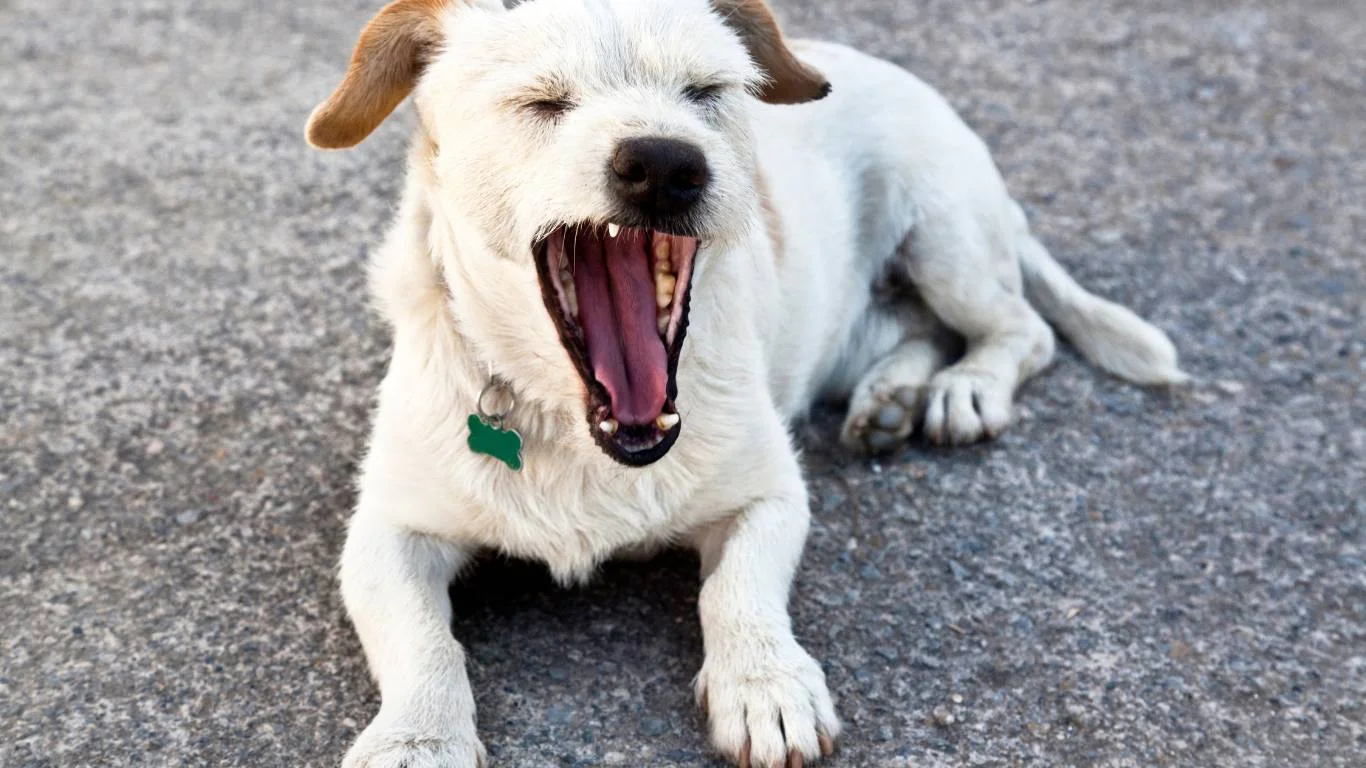
Look, if your dog skips a meal here or there, it’s not the end of the world. But if it’s been more than 24-48 hours with no food intake at all—especially if they’re acting lethargic or have other symptoms like vomiting or diarrhea—get your vet involved right away. Appetite loss can be the first red flag for something more serious like kidney issues, digestive blockages, or even metabolic disorders.
What I Tell Pet Parents
One of the most helpful things I can offer, aside from nutritional advice, is reassurance. I’ve seen countless cases where dogs just needed a little tweak in their routine, food, or environment to get back on track. Keep a food journal, jot down any changes in behavior, and don’t hesitate to advocate for your pet’s needs at the vet’s office.
- Observe patterns: Is your dog skipping meals at certain times? After a walk?
- Track symptoms: Are they still drinking water? Playing?
- Note diet changes: Any new treats or table scraps?
How to Gently Transition Back to Dry Food

Once you’ve ruled out any medical issues and your pup’s starting to show some interest in food again, the next goal is figuring out what to do when your dog stops eating dry food long term—and how to guide them back to a balanced diet without causing tummy troubles.
One thing I always emphasize with pet parents at the clinic is this: don’t rush it. Dogs can be stubborn, and their digestive systems don’t always respond well to sudden changes. The trick is a slow and steady reintroduction of dry food using a few reliable strategies.
1. The 25/75 Rule (Then Gradually Shift)
Start with a mix—about 25% dry food and 75% of whatever your dog’s currently tolerating or preferring (wet food, gently cooked meals, or even a vet-recommended bland diet). Every couple of days, adjust the ratio. Eventually, you’re aiming for a full bowl of kibble again, but you’re giving their palate and belly time to adjust.
2. Use Toppers or Treat Crumbles
Here’s a little trick I learned while helping a senior poodle named Daisy—she was hooked on chicken and rice. We started adding her favorite treat (crumbled freeze-dried liver) as a topper on her kibble. Game changer. High-value food toppers can boost appeal without completely replacing the dry food.
3. Freeze-Dried or Air-Dried Blends
Some of my clients have seen success adding a scoop of freeze-dried raw or air-dried food to kibble. These foods have a stronger aroma and texture dogs find more appealing, and many are formulated to mix well with dry food without compromising nutrition.
Check the Food Itself—It Might Not Be Your Dog
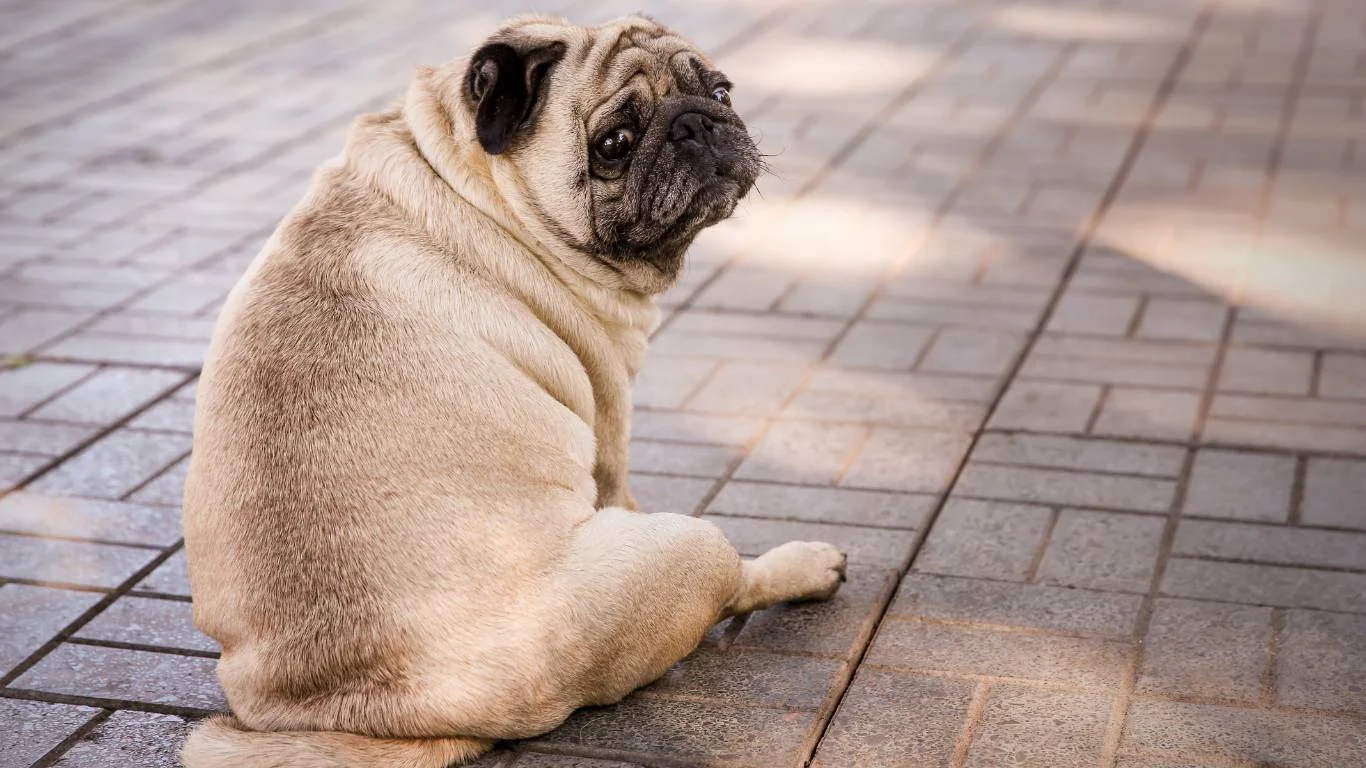
Okay, this part’s important and not talked about enough. I always ask folks: “How long has that bag of food been open?” You’d be surprised how often spoiled kibble is the culprit. Once the bag’s opened and exposed to air, it can go stale fast—especially if it’s stored in warm or humid places.
- Check expiration dates: Obvious, but often overlooked.
- Look for oiliness or odd smells: Spoiled fats in kibble have a rancid odor. Dogs pick up on this way before we do.
- Store in airtight containers: I recommend BPA-free bins with tight-seal lids to keep freshness intact.
One client had a pup who refused her usual dry food only to discover mold at the bottom of the bag. Yikes. Now they buy smaller bags and store it properly—no issues since.
Dogs with Special Dietary Needs or Sensitivities
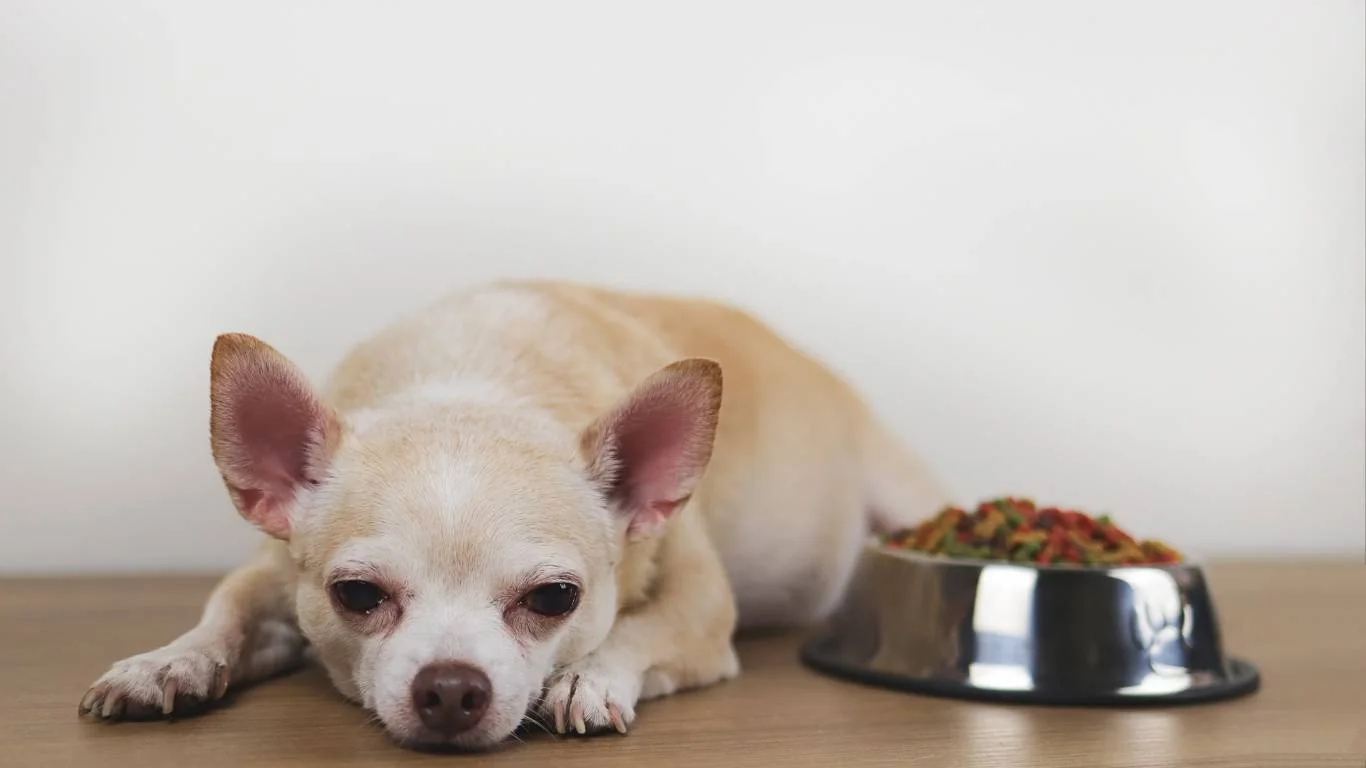
Let’s not forget—sometimes it’s not about being picky. Sometimes it’s about discomfort. If your dog’s stopping short at dry food but still eating other things, they might be dealing with food sensitivities or allergies. This came up a lot when I worked with pet nutrition cases.
Signs Your Dog Might Need a Special Diet
- Itchy skin or paws
- Chronic ear infections
- Gas, bloating, or inconsistent stools
- Vomiting shortly after meals
If any of these sound familiar, it’s worth talking to your vet about a hypoallergenic or limited ingredient diet. I helped a Shih Tzu named Bella get off chicken-based kibble and onto a novel protein formula. She went from flaky skin and constant scratching to a shiny coat in a matter of weeks.
Work With a Vet or Nutrition-Focused Pro
Don’t feel like you have to figure this out alone. As someone who’s worked in veterinary settings, I can tell you—bringing in a professional can make all the difference. We can help design a trial plan, recommend trusted brands (not all are created equal), and even guide you through home-cooked options if needed.
Quick Wins: Getting Creative With Mealtimes

Make It a Game
Some dogs just want their food to be more exciting. Puzzle feeders, snuffle mats, and treat-dispensing toys turn dry food into a fun challenge. I once had a super smart Border Collie patient who flat-out refused to eat from a bowl—but loved his kibble when it came from a Kong Wobbler. Go figure.
Use Positive Reinforcement
If your dog approaches the bowl, praise them. If they eat even a few bites, reward that behavior. It builds a positive association and encourages them to keep coming back. It’s not spoiling them—it’s training!
And hey, sometimes sitting on the floor next to them and hand-feeding a few bites is all it takes to get the ball rolling. I’ve done this more times than I can count in the clinic—it works especially well with nervous or rescue dogs adjusting to a new environment.
When Your Dog Still Won’t Eat Dry Food—Long-Term Solutions
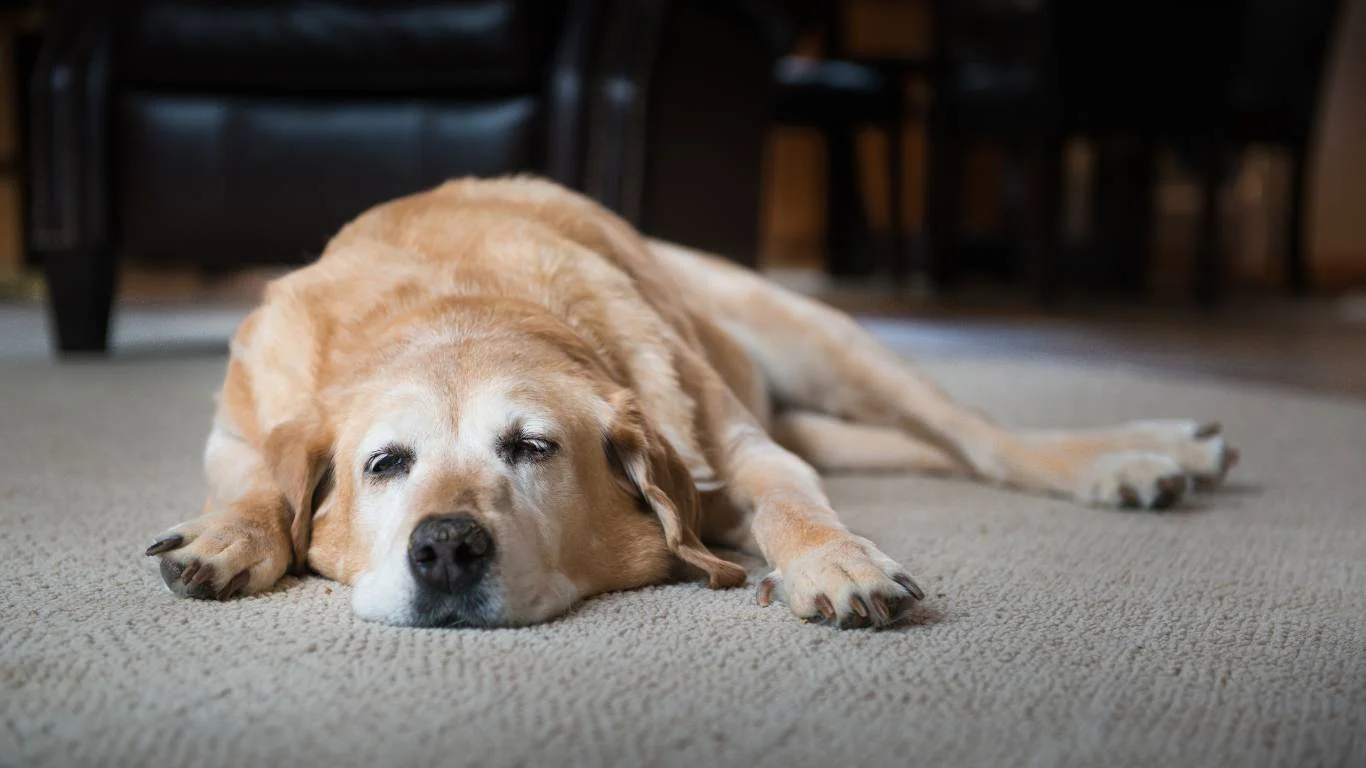
If you’ve tried everything and your dog still turns their nose up at kibble, you’re not alone—and you’re definitely not failing as a pet parent. I’ve met plenty of loving owners, from first-timers to seasoned pros, who’ve struggled with this exact issue. Sometimes, the solution to what to do when your dog stops eating dry food isn’t about getting them *back* on kibble, but finding what works best for their health and lifestyle long term.
1. Explore Alternative Diets
Dry food isn’t the only game in town. Depending on your dog’s specific health profile, age, and activity level, there are other options worth exploring:
- Fresh-cooked meals: These are balanced, vet-approved meals delivered to your door or homemade with guidance. Companies like The Farmer’s Dog and JustFoodForDogs are popular choices.
- Raw or BARF diets: While raw feeding is a bit controversial and not ideal for every pet, some dogs with digestive sensitivities do better on biologically appropriate raw food (always talk to your vet first!).
- Dehydrated or freeze-dried options: Add warm water and you’ve got a soft, nutrient-dense meal with the convenience of kibble but none of the crunch.
I’ve personally seen huge turnarounds in dogs once switched to a more tailored diet. One senior Golden Retriever I worked with wouldn’t touch kibble for months. After transitioning to a fresh-cooked lamb and sweet potato formula, his appetite came roaring back—and so did his energy.
Feeding Environment & Behavior Tweaks

This might sound simple, but where and how you feed your dog can have a huge impact on whether they eat. I’ve learned this firsthand with nervous rescue pups who wouldn’t touch their food bowls unless the room was calm and quiet. They can be just as picky about their dinner vibes as the food itself.
Tips to Make Mealtime More Appealing
- Feed in a low-traffic, quiet space—away from noisy kids, other pets, or distractions.
- Use elevated bowls for dogs with joint issues or large breeds.
- Stick to a consistent feeding routine—dogs love structure.
- Try interactive feeding: puzzle toys, slow feeders, or scatter feeding to make things fun.
And this may sound odd, but your mood matters, too. Dogs pick up on stress or frustration. I’ve seen better results when owners approached mealtime with patience and even a bit of playfulness. A calm “good job!” can go a long way.
When to Let Go of the Kibble Battle
Sometimes we get so wrapped up in what our dog *should* be eating, we forget to focus on what actually works. If your pup is healthy, maintaining weight, has normal energy levels, and your vet’s on board—then maybe it’s time to move on from dry food altogether.
For example, some dogs with chronic illnesses (like kidney or liver issues) genuinely can’t handle dry food, and that’s okay. With guidance, you can support them through soft diets, therapeutic meals, and supplements that keep them thriving.
References
- https://www.avma.org/
- https://www.aaha.org/
- https://www.petmd.com/
- https://www.veterinarypartner.com/
Final Thoughts from a Vet Assistant’s Perspective
In my years as a Veterinary Assistant focused on nutrition, I’ve learned that there’s no one-size-fits-all when it comes to feeding dogs. What works for one may totally flop for another—and that’s perfectly normal. The key is being observant, flexible, and always willing to ask for help when things feel off.
And remember, if your dog is happy, healthy, and full of tail wags—even if they never go back to kibble—that’s still a win in my book.
Disclaimer
This article is based on my experience as a Veterinary Assistant and is intended for informational purposes only. It does not replace professional veterinary advice. Always consult with your veterinarian before making significant changes to your dog’s diet or health routine.
